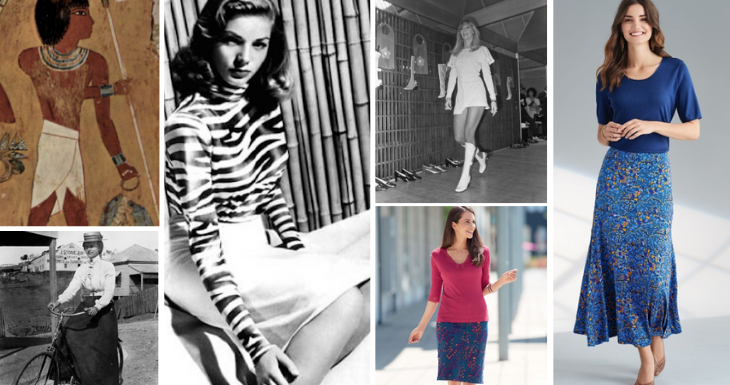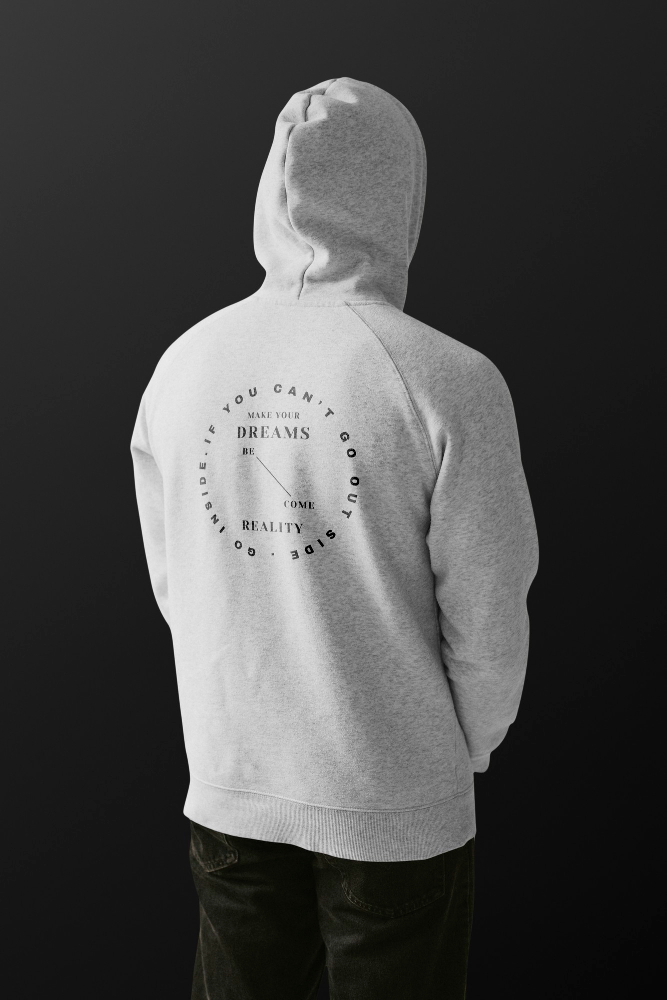The Changes in Skirt Fashion Over the Years and Their Persistent Influence

From the liberating flapper skirts of the roaring twenties to the innovative and sustainable designs of today, skirts have not only been a staple of women’s wardrobes but also a canvas reflecting broader social changes. The fashion world continually revisits historical trends, reinterpreting them to fit modern sensibilities, often focused on personal expression and sustainability. This article delves into the rich history of skirts and their transformative journey through the decades, unraveling how these iconic styles have mirrored and impacted women’s lives across eras.
Key Takeaways:
- A comprehensive historical journey of skirt styles from the 1920s to today.
- Revealing the social, cultural, and economic factors influencing skirt designs.
- Understanding the cyclical nature of fashion as old trends become new again.
Table of Contents:
- The Roaring Twenties and the Flapper Movement
- The Elegant Thirties and Forties: Length and Grace
- 1950s: The Poodle Skirt and Beyond
- The Swinging Sixties: Mini Skirt Revolution
- The Eclectic Seventies: Maxi Skirts and Bohemian Flare
- The Power Eighties: Pencil Skirts and Statement Pieces
- The Nineties and the Return to Minimalism
- The 2000s and Beyond A Blend of Past and Present
- Skirt Styles as a Reflection of Women’s History
The Roaring Twenties and the Flapper Movement
The roaring twenties heralded a dramatic shift in women’s fashion, marking the beginning of a new era of social, cultural, and sartorial liberation. The iconic flapper skirts, characterized by their shorter hemlines and straight, loose silhouette, not only facilitated the energetic dance moves of the Jazz Age but also embodied the decade’s rebellious spirit. Women shunned previous decades’ corseted, curve-confining styles, favoring these liberating garments, signaling a break from social norms and restrictive femininity.
The Elegant Thirties and Forties: Length and Grace
As the frivolity of the twenties waned under the shadow of the Great Depression and World War II, skirt fashions shifted towards more conservative, practical designs. Hemlines dropped back down to conserve fabric, and women’s roles changed as they entered the workforce in unprecedented numbers. Despite the challenges, the elegance of skirt design persisted, with women adopting tailored outfits that exuded a quiet strength and a sense of purpose. Skirts with A-line cuts and modest lengths became the norm, reflecting the sober mood yet maintaining a degree of stylish femininity.
1950s: The Poodle Skirt and Beyond
In the 1950s, with the war over and prosperity on the horizon, women’s fashion experienced a vibrant renaissance. One of the most recognizable symbols of the time was the poodle skirt, a full-circle skirt often adorned with whimsical appliqués like the eponymous poodle. This style epitomized the era’s mix of playful innocence and burgeoning consumer culture. The poodle skirt captured the imagination of a generation, allowing young women to assert their identities through bold, expressive clothing choices. While the poodle skirt is often remembered as a cultural icon, the decade also saw various other skirt styles, reflecting the diversity and innovation of post-war fashion.
The Swinging Sixties: Mini Skirt Revolution
The 1960s were marked by radical change, and the mini skirt stood at the forefront of this cultural revolution. The mini skirt’s rise coincided with the growing influence of youth culture. It became a powerful emblem of the time—challenging conventions and championing a new era of freedom and self-expression. This garment didn’t just skim the thighs; it also became a political statement, symbolizing the fast-paced changes in society.
The Eclectic Seventies: Maxi Skirts and Bohemian Flare
Contrasting with the daring mini-skirts of the sixties, the seventies introduced a wave of bohemian chic with the popularization of the maxi skirt. The decade’s fashion showcased a blend of romanticism and practicality, as maxi skirts offered comfort and coverage while embracing the natural and free-spirited aesthetics of the era. Paired with peasant blouses and platform shoes, these skirts carried the influence of various global cultures, signifying the decade’s broader cultural openness and inclusivity.
The Power Eighties: Pencil Skirts and Statement Pieces
The 1980s were a time of excess and empowerment in the corporate world, and women’s fashion reflected this dynamic. The pencil skirt became a central component of the ‘power suit,’ designed to convey professionalism and assertiveness in the workplace. Its fitted silhouette, often paired with blazers featuring formidable shoulder pads, illustrated the decade’s bold aesthetic. Skirts in the 80s weren’t just office attire; they were powerful fashion statements adorned with vibrant prints, metallic accents, and an air of self-assuredness that echoed the decade’s ethos.
The Nineties and the Return to Minimalism
The 1990s marked a departure from the glitz of the eighties, steering towards minimalism and deconstructivism in fashion. Skirt designs followed suit with simplified silhouettes, subdued colors, and an emphasis on comfort. Grunge and alternative fashion movements embraced plaid and denim skirts, which exuded anti-fashion sentiments and a carefree attitude toward style. This era celebrated the individual’s choice and freedom, laying the groundwork for the personalized, mix-and-match approaches to fashion seen in later years.
The 2000s and Beyond A Blend of Past and Present
As we entered the new millennium, the fashion industry looked backward and forward, drawing inspiration from historical trends while forging new paths with avant-garde designs. Skirts from the 2000s represent a kaleidoscope of styles, embracing influences from every preceding decade. The rise of fast fashion allowed for greater experimentation and accessibility, resulting in a dynamic and eclectic mix of skirt styles. The democratization of fashion meant that yesterday’s haute couture inspirations could become today’s high-street trends.
Skirt Styles as a Reflection of Women’s History
More than just a garment, skirts have reflected women’s social history and milestones. Each era’s predominant skirt style tells a story of societal norms, economic conditions, and gender roles. As we sift through the layers of fabric, patterns, and hemlines, we can trace the journey of women’s liberation, empowerment, and evolving status within society. Skirts have been mediums through which women have both conformed to and rebelled against the expectations of their times.





